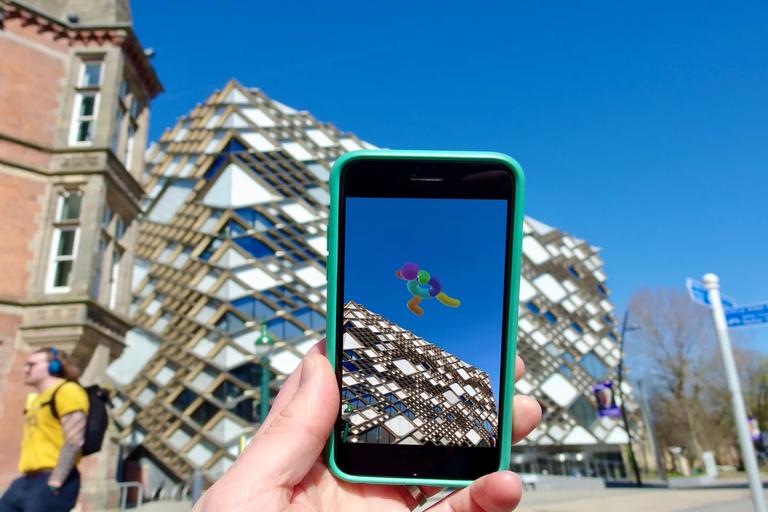Digital Artists in Edinburgh Experiment With Augmented Reality
A new wave of creators are blending art with AR to turn public parks into immersive experiences.
2025-07-04 15:08 | By Harry Patel

Edinburgh’s creative community is embracing augmented reality (AR) in bold new ways, turning city parks, monuments, and alleyways into digital canvases. Local artists are merging physical spaces with virtual layers to create experiences that are both playful and provocative.
The initiative, dubbed 'City Layers', began as a pandemic-era experiment. Artists wanted to reimagine how public art could engage audiences safely and interactively. Today, it’s blossomed into a thriving platform backed by galleries, councils, and tech firms.
Using a free mobile app, visitors can point their phones at designated locations to reveal animated sculptures, poetry projections, or short films triggered by GPS or image recognition. The works remain invisible to the naked eye, but vivid through the screen.
‘We’re not just putting QR codes on benches,’ said creative director Isla McGregor. ‘We’re building entire micro-worlds—narratives that unfold as you walk. It’s like discovering a secret layer of your own city.’
One popular installation overlays virtual dancers onto the Royal Mile, choreographed to a fusion of Scottish folk and ambient electronic music. Another transforms a park bench in Holyrood into a 'memory archive', telling personal migration stories through spoken word.
The project is attracting a new wave of creators, including coders, 3D modelers, and game designers who are collaborating with painters, poets, and musicians. The result is a blend of disciplines that defies traditional gallery constraints.
University of Edinburgh’s Art and Informatics departments are now offering joint residencies for AR projects. Students and professionals work side-by-side, using tools like Unity and Adobe Aero to craft interactive scenes rooted in Scottish history and mythology.
While the tech may seem cutting-edge, McGregor says the underlying impulse is ancient. 'We’ve always told stories through place—cairns, carvings, graffiti. This is just the next evolution. The city itself becomes the medium.'
Accessibility is a priority too. All experiences include audio narration, subtitles, and intuitive controls. Some pieces are designed specifically for neurodivergent users, offering adjustable pacing and sensory settings.
Funding comes from Creative Scotland, as well as partnerships with local councils and tourism boards. Plans are underway to export the concept to Glasgow and Aberdeen, with hopes of forming a national AR art trail by 2026.
As digital and physical boundaries blur, Edinburgh’s artists are showing how technology can deepen—not dilute—our connection to place. The future of art, it seems, may not hang on a wall but shimmer just behind the glass of your screen.